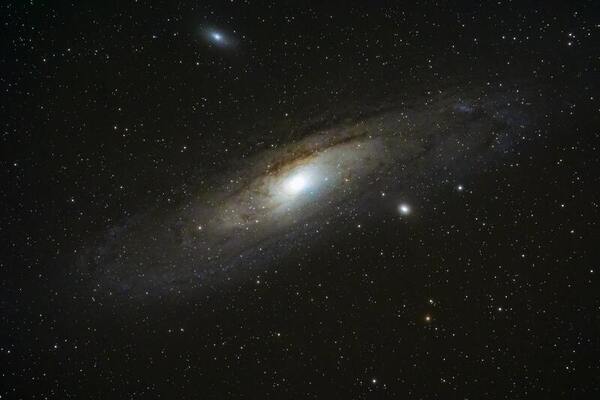Photometric analysis and light curve modeling of apparent transient 2020pni
(1) United World College of South East Asia, (2) The Harker School, (3) Plano Senior High School, (4) Shady Side Academy, (5) Yale University
https://doi.org/10.59720/21-085
By meticulously observing and analyzing the characteristics of individual cosmic events, we are better suited to understand the universe on a broader scale. Specifically, astronomers are often drawn to examine transient astronomical events whose duration may range from days to several years. This relatively short timescale, in contrast to the billions of years over which our universe has evolved, makes these events highly valuable as snapshots of how our universe is shaped. Spurred by this prospect, our team searched catalogues of these transient astronomical events and decided to investigate apparent transient 2020pni from galaxy UGC 9684. We hypothesized that the transient was a supernova—a powerful stellar explosion caused by the gravitational collapse of a massive star. Thus, we observed the transient over a four-week period to test this hypothesis by measuring changes in the intensity of light radiated by the event—a process known as photometric analysis. Through this study, our team was able to confirm our hypothesis and classify 2020pni as a Type II-L supernova. In addition, we unraveled key insights about the supernova’s distance from Earth, stellar composition, luminosity, and more.
This article has been tagged with: